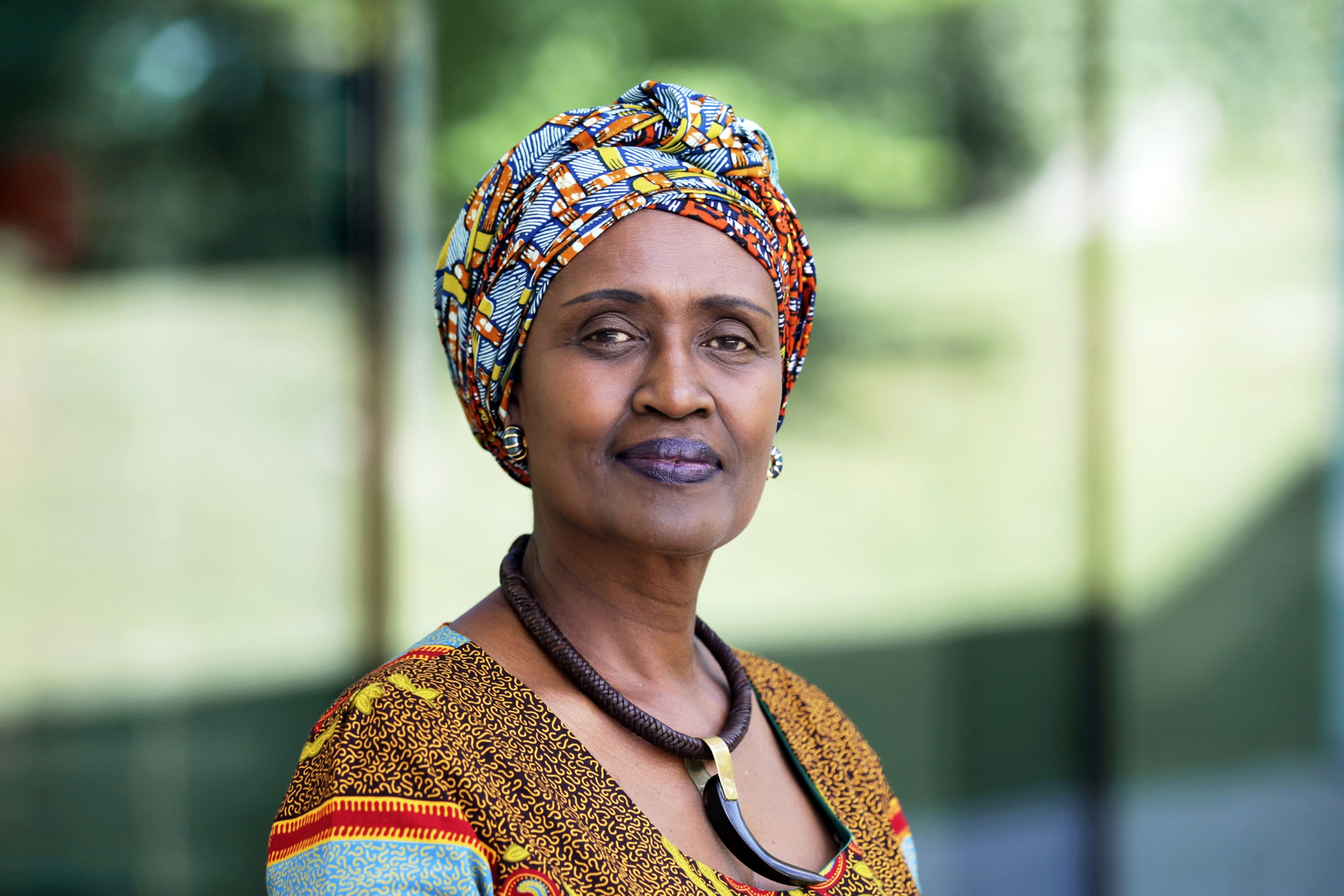31 October 2022
The Global State of Harm Reduction 2022: Foreword by Winnie Byanyima
The Global State of Harm Reduction 2022 shows the positive changes that communities and civil society are making among people who use drugs through evidence- and rights-based harm reduction services. The good news is that change is possible and within reach, as long as governments and donors invest in community-led solutions that work. It is not only the right thing to do, it is their duty. Access to healthcare is a human right for all of us.
The risk of acquiring HIV is 35 times higher among people who inject drugs than among adults who do not. Yet globally, harm reduction services are not available at the level and scale required to end AIDS, with fewer than 1% of people who inject drugs living in countries with the UN-recommended levels of coverage of needles, syringes, and opioid substitution therapy. In too many countries, there are no harm reduction services at all.
What’s more, in low- and middle-income countries, we have an ongoing funding crisis for harm reduction. Governments and donors have invested just 5% of the funds needed for an effective response. If we are serious about ending the AIDS crisis and guaranteeing human rights for all – commitments made by governments at the UN through the 2021 Political Declaration on HIV/AIDS – we need to scale up investment now in community-led responses. These responses must take into account the legal, policy, and social barriers facing people accessing HIV and harm reduction services and the multiple and intersecting forms of structural inequalities and discrimination faced by women who use drugs.
It is time for laws that criminalise drug use and possession for personal use to come to an end. As long as countries continue to criminalise drug possession for personal use, we will not end AIDS for people who use drugs and their partners. That number of countries crimimalising drug use or possession for personal use was 115 out of 128 reporting countries at the last count. Countries that have either decriminalised drug use or have effective diversion policies in place developed in collaboration with communities, are testament to what can happen when countries invest in non-judgmental health-based programmes. In Czechia and the Netherlands, fewer than twelve people who injected drugs acquired HIV annually from 2009-2018.
The Global AIDS Strategy 2021-2026 calls for an end to all laws that criminalise drug use and possession, along with action to reduce stigma, discrimination and violence against people who use drugs. Because until people who use drugs have access to HIV and harm reduction services, we will not end AIDS among people who use drugs. We will not end AIDS at all.
Thanks to progress on societal enablers and with community-led organisations in the design, implementation and delivery of programmes, across the world, women, young people, Indigenous people, LGBTQI people, people in prison, and more are accessing life-saving harm reduction services. These programmes show those who are serious about ending the AIDS pandemic how it can be done, at the grassroots, with the grassroots.
Winnie Byanyima
Executive Director, The Joint United Nations Programme on HIV and AIDS (UNAIDS)

Don't miss our events and publications
Subscribe to our newsletter